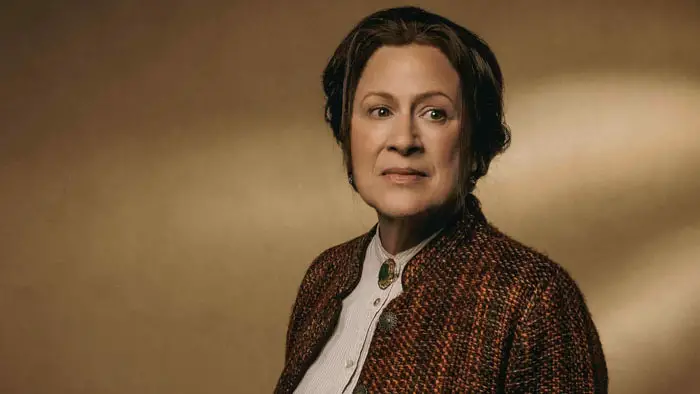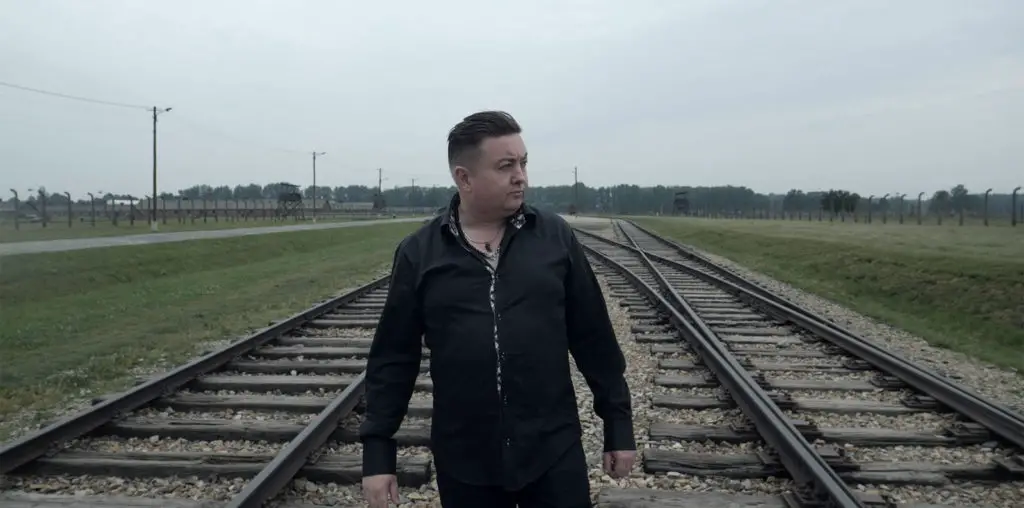
Director Laura Matula and writer A.S. Peterson revisit the classic story The Hiding Place with a wonderful new hybrid stage-to-cinema production. During WWII, the Netherlands was under the control of the Third Reich. The Ten Boom family owns a watch shop in Amsterdam when they become aware of the plight of Jews running from the Nazis. Her family hides and feeds them to keep them safe from the Germans.
The effort to hide Jewish refugees is led by Corrie Ten Boom (Nan Gurley), who puts herself and her family in harm’s way to help. The family then faces the consequences when they are discovered. They are sent to prisons and concentration camps for Jewish sympathizers and collaborators. Corrie went to Ravensbrück concentration camp for women. Upon her release (which was only done because of a clerical error; she was on track to be executed), Corrie wrote and spoke about her experiences for the rest of her life and became celebrated for sharing her story. Her book The Hiding Place is the basis of this play/film, as well as being the source for a beloved 1975 film of the same name starring Jeanette Clift George and Julie Harris.

“The effort to hide Jewish refugees is led by Corrie Ten Boom, who puts herself and her family in harm’s way…”
The stage play, directed by Matt Logan, was a massive hit with audiences, playing to sold-out shows. When the production came to Nashville, Tennessee, filmmaker Laura Matula stepped in to create a special cinematic version of the show. The movie she made is a triumphant blending of theater and film. Typically, the act of filming a stage play is a flat, lifeless affair that winds up being of interest only to viewers who are already fans of the play. There are one or at least two cameras parked out beyond the proscenium arch where the audience sits, and the film viewer gets a two-dimensional stationary perspective with mediocre sound.
Matula delivers a dynamic film by combining up-close hand-held camera work with the sophisticated technical stagecraft of the sets. The movement is constant and fluid as the camera glides among the characters. Sometimes, a scene is shot from above to show action in different rooms. Quality sound and lighting complete the illusion of the watchmaker’s shop, a train platform, or a barracks room in the prison camps. The overall production of the film is top-notch.

"…faith, optimism, and compassion for those who are different"



[…] Supply hyperlink […]